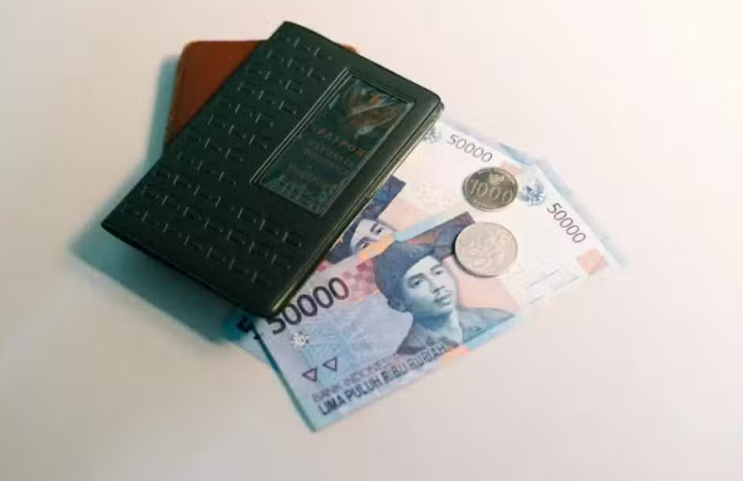
The crisis of Rupia echoes memories of the 1998 crisis, while investors are concerned with increasing indebtedness and the impact of global tensions on the economy
Indonesian rupia has reached its weakest level from the US dollar since the 1998 Asian financial crisis, driven by the growing fears on the policies of President Prabowo Subiato and its impact on the fiscal situation of Southeast Asia’s largest economy. According to the Financial Times, the currency dropped 0.5%, briefly playing 16,640 per dollar on Tuesday, close to the negative record of 16,800 registered in June 1998, the year of the fall of former Indonesium Suharto.
The Banco da Indonesia, the country’s Central Bank, told the Financial Times that he intervened in Tuesday’s title and exchange markets to ensure the stability of the Rupia exchange rate and maintain the balance between demand and foreign currency supply, thus preserving market confidence. ”
The institution added that recent movements of rupia “are mainly driven by global factors that remain highly uncertain … This includes Trump’s tariff policies and their impact on other countries, the most aggressive political potential of the Fed and the ongoing geopolitical tensions.”
Although the Central Bank has attributed the fall to external factors, investors are mainly concerned with the expansionary fiscal policy of former military military Prabowo. Its main program, which offers free lunch for school -age children and pregnant women, costs about $ 28 billion annually and pressures public finances. Indonesia recorded an unexpected budget deficit in the first two months of the year.
Signs of economic slowdown also reduced investors’ appetite. A weaker economy can lead the Central Bank to cut interest rates, increasing pressure on currency, analysts.
“The overview is that of a less responsible fiscal government,” said Viktor Szabo, Aberdeen Investments background manager.
Rupia is the currency with the worst performance among the largest Asian economies in 2025, with a drop of almost 3% compared to the dollar. Jakarta’s main rate of stock has also retreated about 14% in dollars since the beginning of the year.
Indonesia was one of the most affected by the currency crisis that began with the Thai Baht in 1997, spreading through Asia and forcing the country and others to seek help from the IMF. The economic crisis fueled protests that helped overthrow Suharto’s regime.
The episode marked a generation of Asian monetary authorities, which have since accumulated exchange rate reserves and actively act in markets to avoid repetition.
Indonesia has already consumed about $ 1.5 billion of its reserves of US $ 154 billion to fund interventions in the first two months of 2025, according to Central Bank data. The country has been operating in the markets in sight, forwards unregistered and titles to support the currency.
“We hope that the poor performance of Rupia persists until the second quarter, even with a possible dollar slowdown in the short term,” Barclays analysts said in a report, citing tax pressures and the pessimism of foreign investors with Indonesian assets.
Meanwhile, local companies suffer from the competition of cheap Chinese products diverted to emerging markets. This flow may increase if the US raises tariffs on China. Sritex, one of the largest clothing manufacturers in the country, ended operations last month.
Observers now accompany the governance of a new sovereign background.
The Danantara Fund included billionaire Ray Dalio and former Thaksin Shinawatra Thai Nuchinist in his advisory board this week, but investors fear political influence on a portfolio that will cover state-owned companies.
“We believe there are still uncertainties about the execution and operation of the fund, which can maintain volatile markets due to government aggressive spending plans,” JPMorgan analysts said.
With information from Financial Times*
Source: https://www.ocafezinho.com/2025/03/26/queda-historica-da-rupia-abala-confianca-dos-investidores/

